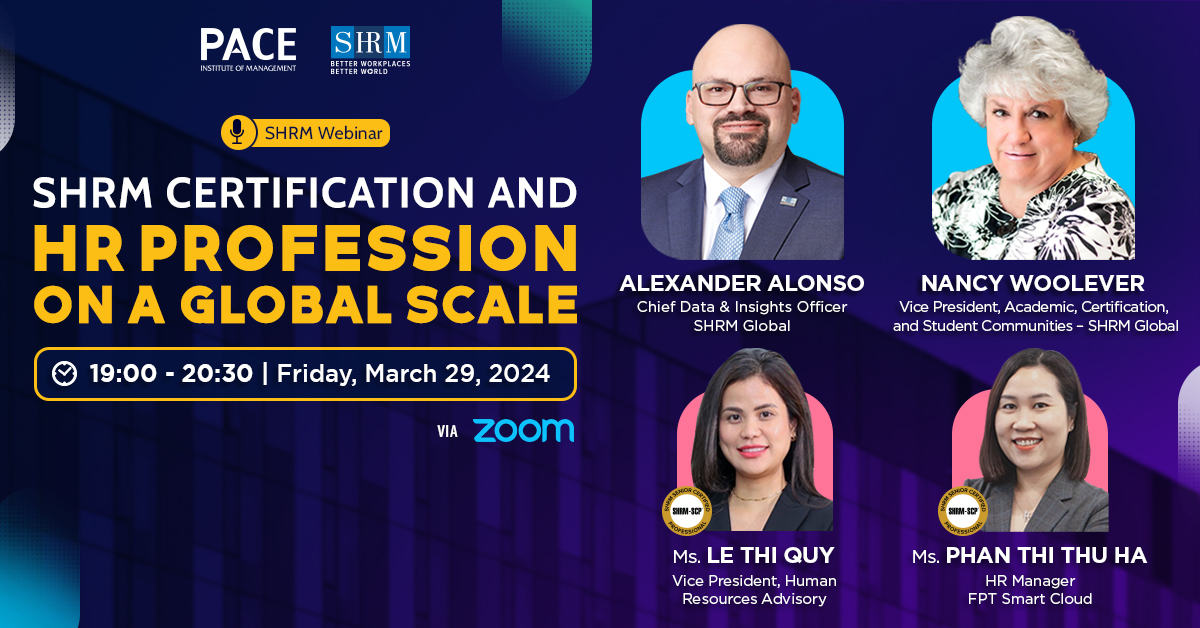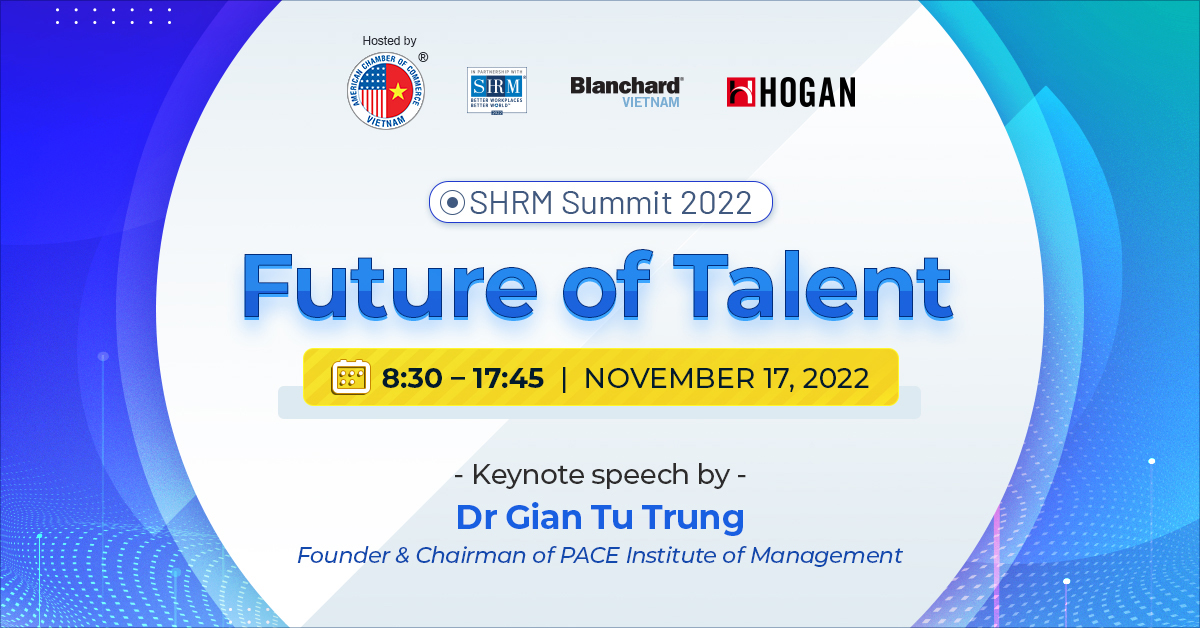VIEWPOINT: WHY SMART EMPLOYERS ARE HIRING EMPLOYEES WITHOUT THE SKILLS THEY NEED
The skills-gap narrative is all too familiar. Employers continue to report that they can't find workers with the skills required for success on the job. It's becoming a refrain: "The jobs are there, but the skills are not."
At the same time, individuals struggle to understand the competencies that employers value most. Job seekers invest in educational programs only to be disappointed by their lack of currency in the labor market. As the labor market tightens, growing turnover rates only exacerbate the problem. And competition for talent leads to a zero-sum game that pits employers against one another—all of them looking for individuals who are already equipped with the skills they need.
It makes sense, of course, that employers would want to identify new hires who already have the skills to perform on Day One. But by focusing on the skills that individuals already have, employers may overlook the potential of new hires who can quickly upskill or reskill to meet the demands of a particular job. Employers are missing opportunities to build more diverse talent pipelines through the discovery of untapped talent in unconventional places.
The dream hire may be the one with years of relevant educational and on-the-job experience, but a "grow-your-own" approach can help employers draw on the potential of an expanded applicant pool.

Consider the case of Banfield Pet Hospital, the largest general veterinary practice in the world with more than 1,000 locations nationwide. In addition to veterinarians, licensed and trained veterinary technicians are critical to any veterinary hospital’s success. Due to increased competition for talent resulting in a supply shortage of licensed veterinary professionals, Banfield sought a solution to develop licensed veterinary technicians at scale that supported its learning culture and high standards for quality care. In 2013, Banfield began sponsoring a certification program for eligible associates through a third-party educational institution, in which more than 1,200 aspiring credentialed veterinary technicians are currently enrolled.
Research into the return on education investment is finally solving the so-called education-retention paradox, as employers increasingly recognize the value of on-the-job training. By hiring employees who don't yet have the skills to succeed, employers have a ready-made opportunity to invest in training—and, in doing so, build career pathways and drive retention. Employees who are certified in a level of moving truck rental company Penske's technician training programs, for instance, are 50 percent more likely to stay at the company; more than 60 percent of those who are certified received a promotion. Fifty percent of the graduates from the Church's Chicken Stride for Success high-school completion program have been promoted from entry-level positions into a manager or shift leader role. And the apprenticeship program at the electrical contracting firm A. West led to a more than 85 percent retention rate among workers who completed the program.
These learn-and-earn efforts are not just about retention but also about expanding the talent pipeline.
Take Another Look at Degree Requirements
Degree inflation continues to creep its way into more and more middle-skill job postings.According to recent research from Harvard Business School, two-thirds of postings for production supervisors call for at least a bachelor's degree, but just 16 percent of current production supervisors actually have one. Given the persistent socioeconomic disparities in degree attainment, these requirements leave a growing sector of the U.S. workforce locked out of opportunity.
Employers who want to expand the pool of talent in hiring should take a close look at their degree requirements and consider the role of on-the-job training in opening up opportunity for the individuals who need it most. Adobe's Digital Academy provides minority candidates with immersive training in web development; successful students are offered three-month internships with the potential to stay on full time. Many of these students, who begin their training with no digital skills, go on to successful jobs in the country's highest-demand tech fields.
Efforts to invest in education and talent development should not exist in a vacuum—in fact, they offer an opportunity for forward-thinking employers to align training with a broader organizational strategy. McDonald's has famously made "Archways to Opportunity" an overarching theme, encompassing aspects of education and training from diploma and degree programs into English-language learning. At Penske, the company's commitment to moving forward is reflected in its investment in training programs to move its own employees forward in their careers.
As Harvard professor Joseph Fuller put it, "Employers seem to be playing the spot market for labor as opposed to really having a more supply-chain management type of approach. ... [They are looking for] somebody who is just job-ready to just show up." But of course, job-ready candidates don't always show up. It's up to employers to cultivate job-readiness by identifying, training and retaining promising employees, even―especially―if they don't already have the skills to succeed.
|
Training Program
INTERNATIONAL HUMAN RESOURCE MANAGEMENT/IHRM
Internationalize the human resource management capabilities of HR professionals in Vietnam
Opening Date: Stember 13, 2018 in HCMC
Opening Date: Stember 20, 2018 in Hanoi
|










